Kale is a popular green in our modern kitchens because of kale’s health benefits. We make easy and delicious kale chips as a healthy snack. Growing kale plants is super easy.
Growing Kale
Kale is very easy to grow from seed. Whenever I start seedlings inside the outdoor sown kale catches up so fast to the transplants it’s almost not even worth starting inside.
I often directly sow in blocks instead of rows and harvest ‘baby kale’.
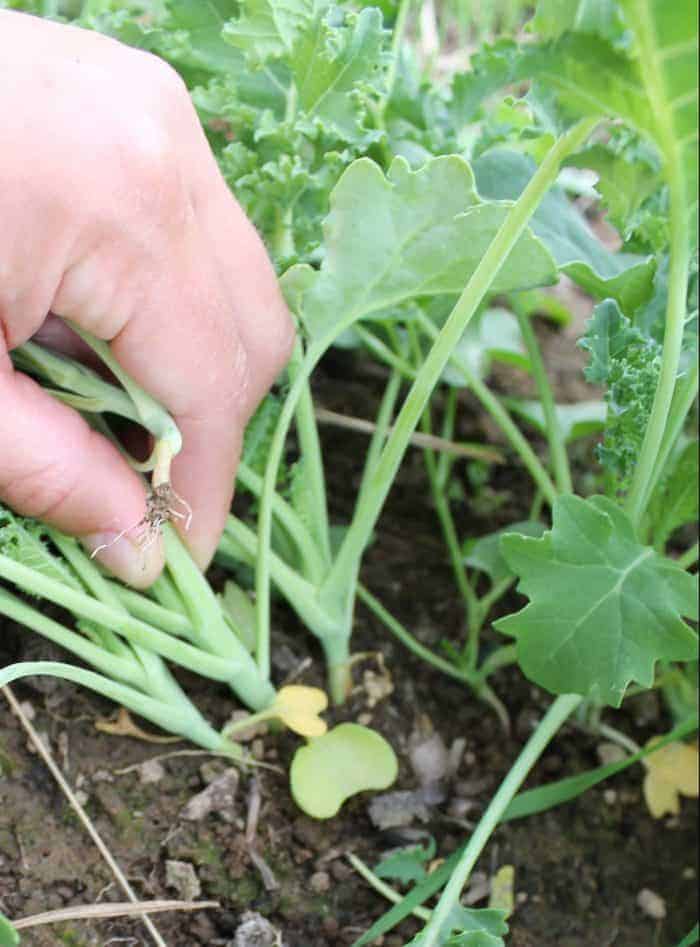
Kale Growing Season
Kale is a cool season crop that can handle some summer heat.
Soil temperature needs to be 10-30°C (50-85°F) and seeds will germinate quickly, around 7-10 days. Ideal pH: 6.0-6.8. Kale likes compost and soil with a decent amount of organic matter, although I’ve noticed it will still produce greens just at a much slower pace in poorer soil. Baby greens ready in 20-30 days, full sized kale ready in 50-60 days.
Potential problems include having to get rid of aphids and cabbage worms. Use row cover tunnels to prevent cabbage worms and encourage predatory wasps for companion planting.
Benefits of Growing Kale:
- You can harvest kale at the baby green leaf stage making a tender salad crop
- Kale can be grown closer together to harvest small kale leaves, then thinned out to let plants grow to full size
- Kale is frost & snow hardy! I’ve actually had kale unprotected without season extenders in our fall & winter garden. We live in zone 5b.
- You can overwinter crops like kale for early spring greens!
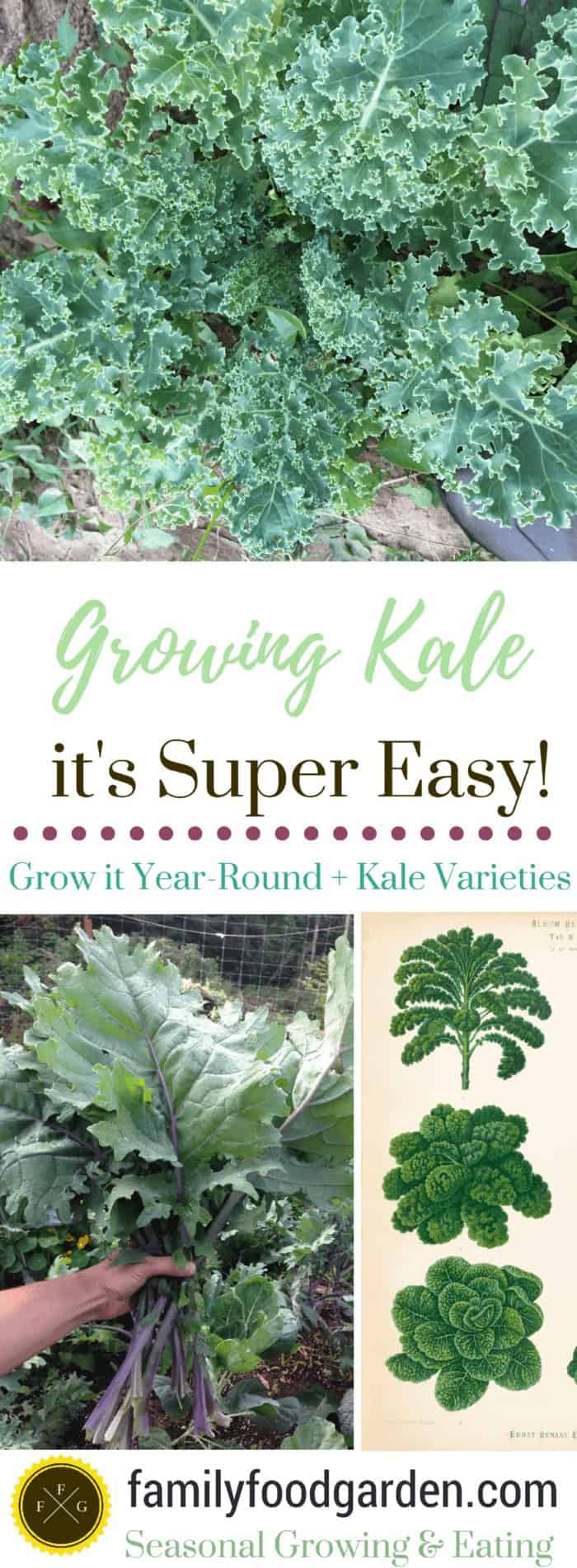
Kale Varieties
Kale belongs to the brassica family, the same as broccoli, cabbage, Brussel sprouts, kohl rabi, cauliflower & many more.
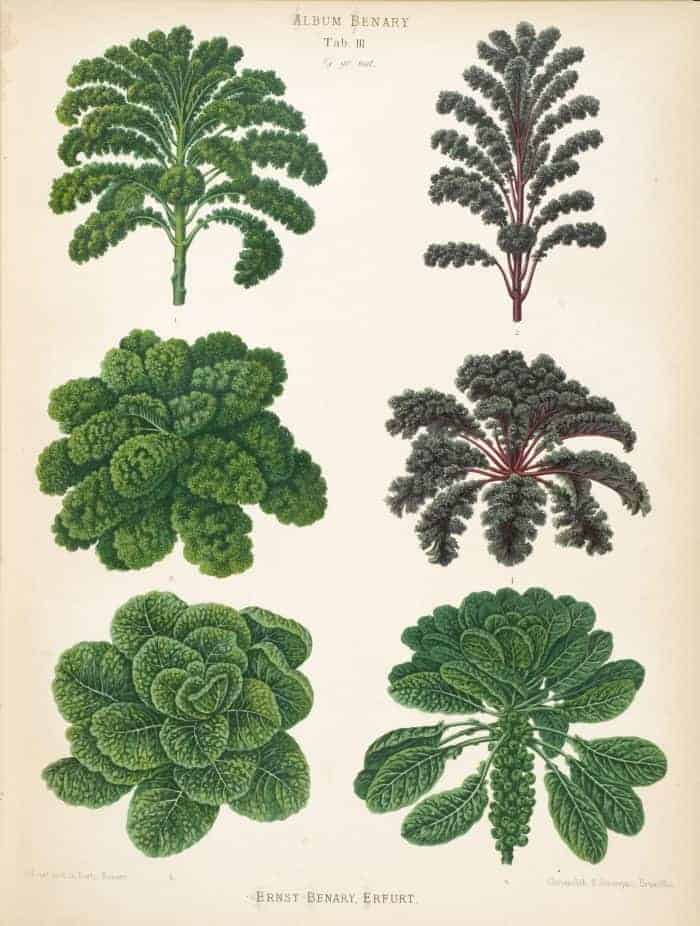
Lacinato (also known as dinosaur kale or Tuscan Kale)
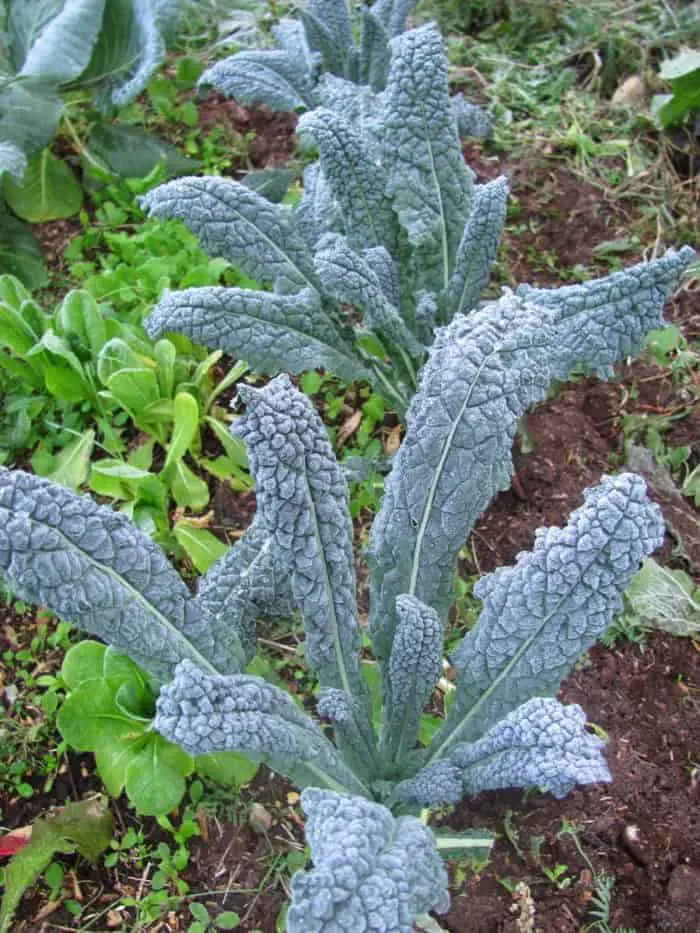
This is a very pretty kale variety with blue-ish leaves that makes excellent addition for edible landscaping. The Lacinato kale leaves have bumpy ridges which makes you think of dinosaur skin. I’ve harvested this variety in the snow up until Dec. Because the baby leaves aren’t as tender as other kale varieties I’ve found it’s not my preferred one to overwinter for early spring harvests.
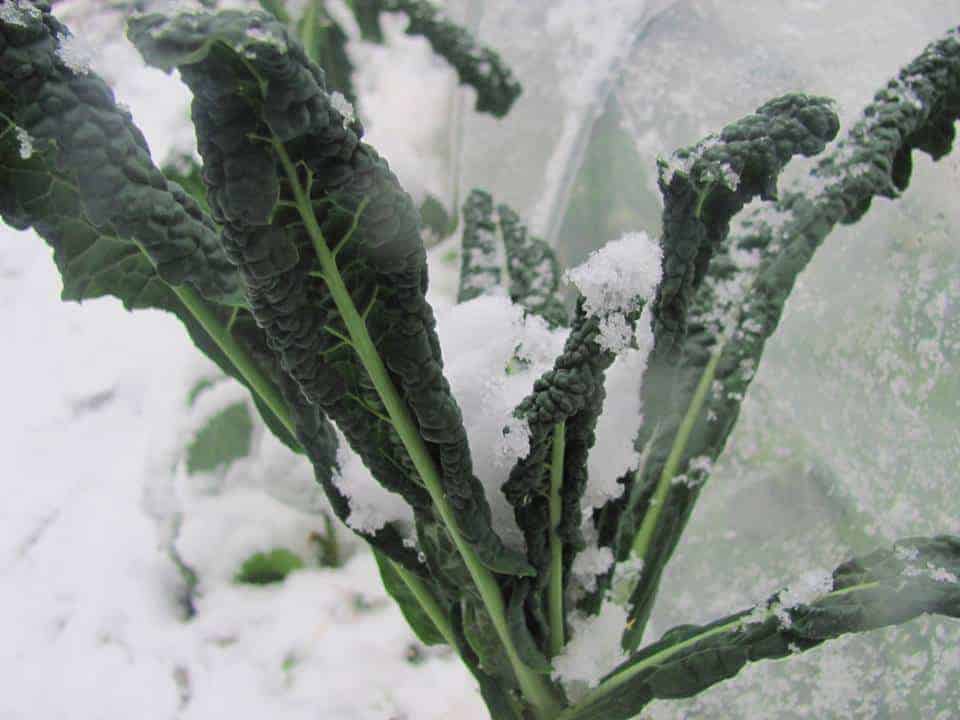
Red Russian Kale
This is a very pretty kale with purple stems. This kale variety makes excellent baby kale leaves too!
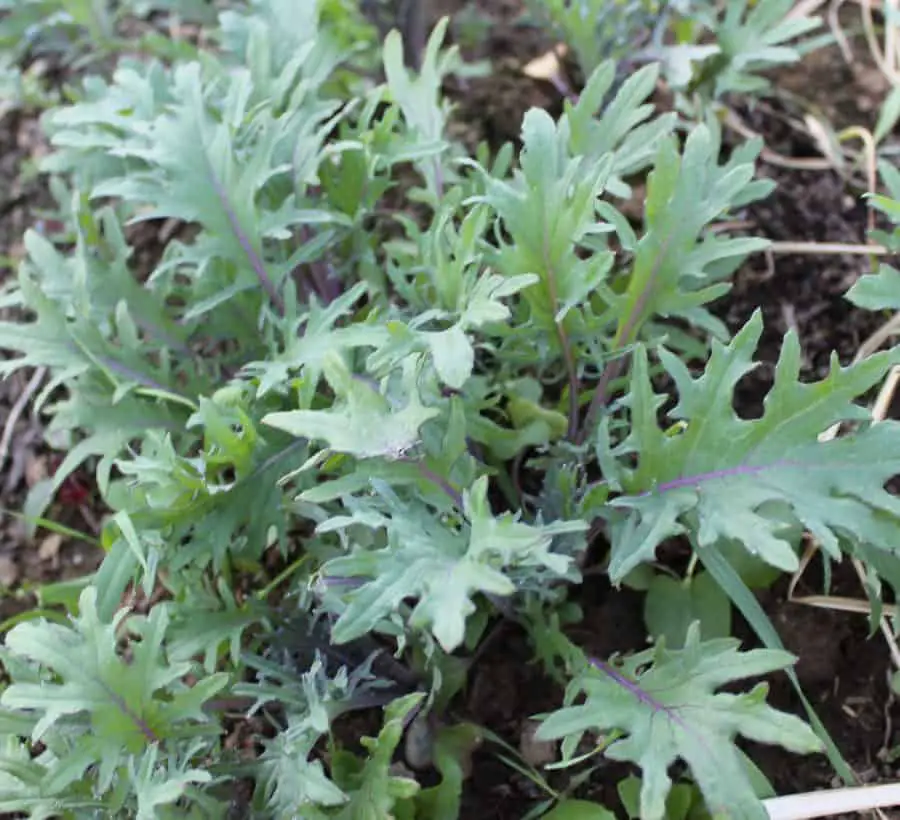
Dwarf Blue Curled Scotch Kale
As this variety has curly leaves they make excellent crunchy kale chips. Excellent as a baby green and tender, the larger they get the less they are good to eat raw and taste better braised or sautéed.
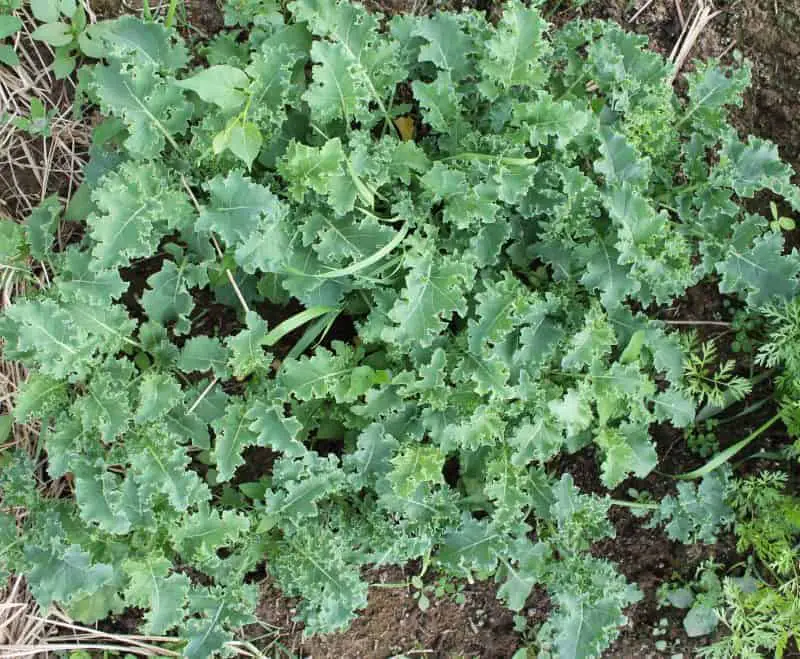
Darkibor Kale from West Coast Seeds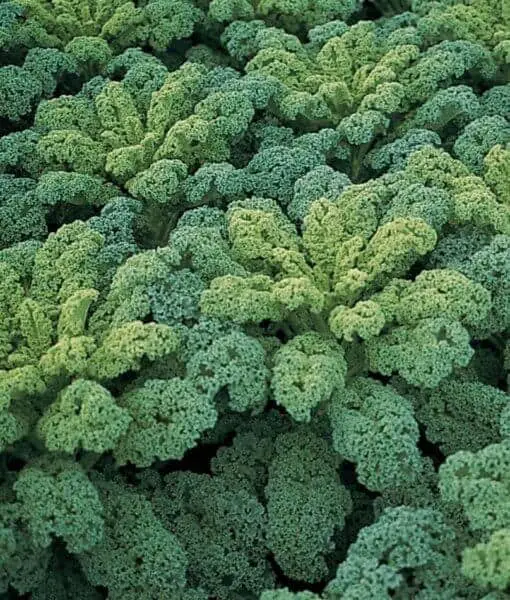
There are many other kale varieties too, just browse your seed catalogs!
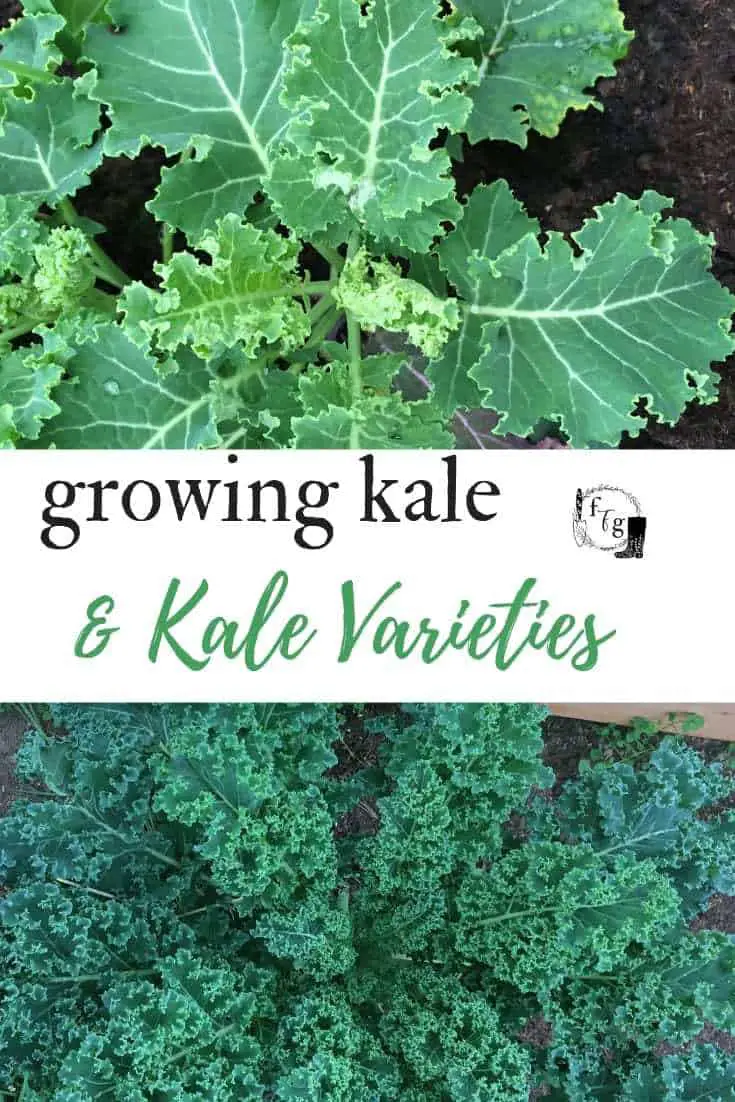


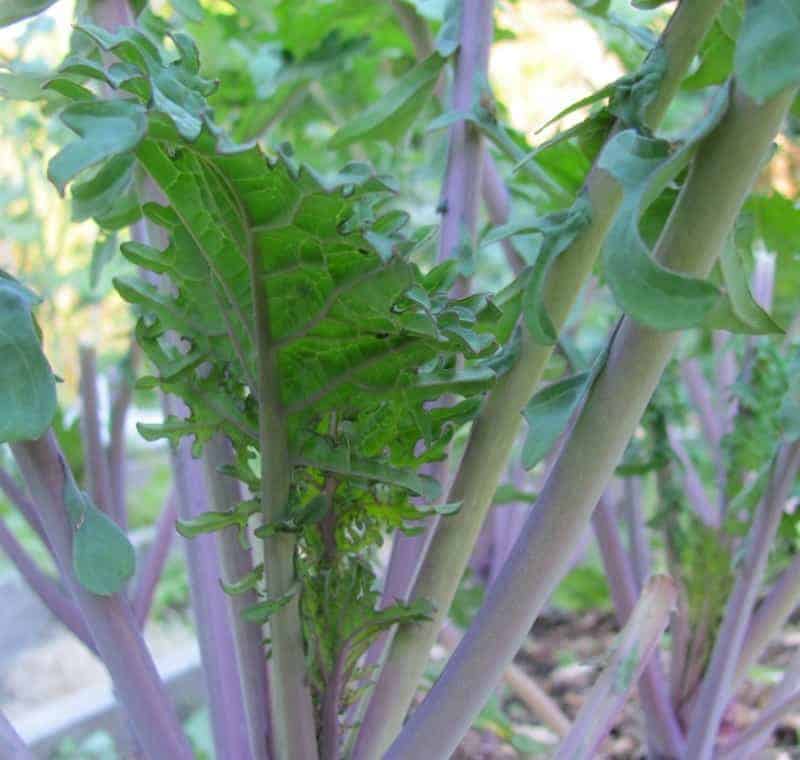
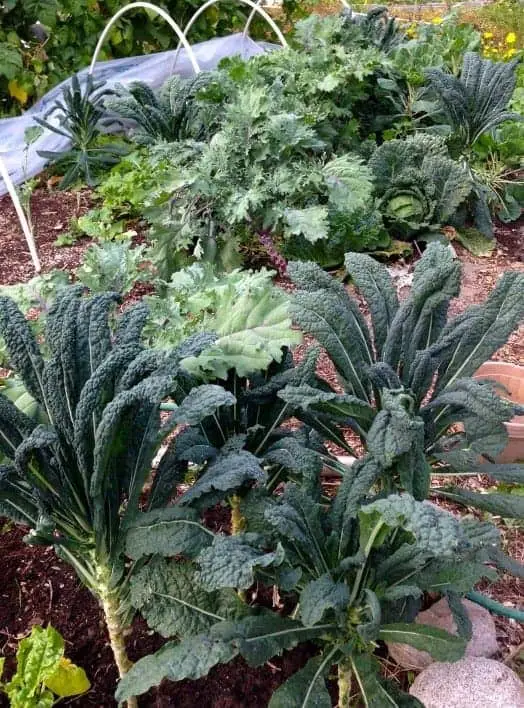
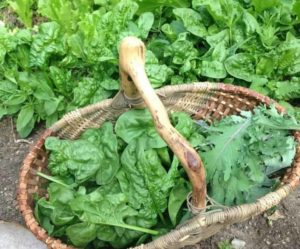
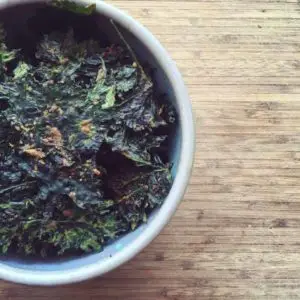
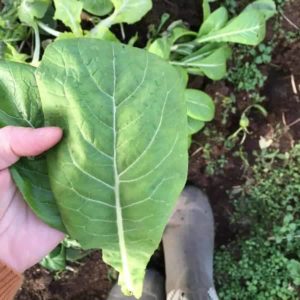
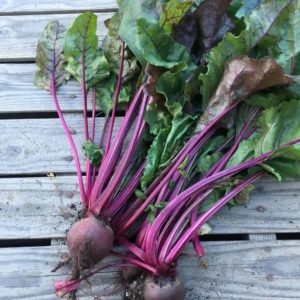
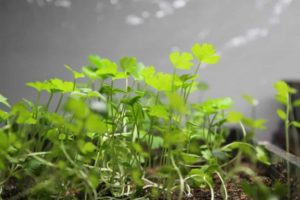
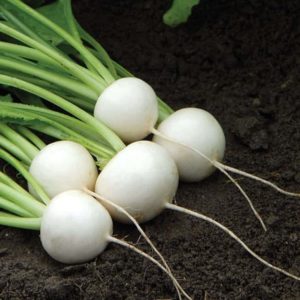
I enjoy growing kale because it is so forgiving of my shady backyard. This year I’m trying dinosaur kale after years of Russian and the information you have is very helpful about the differences. Thanks!
You’re welcome! Glad you enjoyed it
I bought some kale seeds from the local garden center. They sell from bins, and place them in generic white envelopes. The leaves have come up flat with no curly edges whatsoever. I am starting to question whether the seeds I received are even kale. Have you seen types of kale with flat leaves? Thank you.
Stunning Writing!! Keep up the good work.